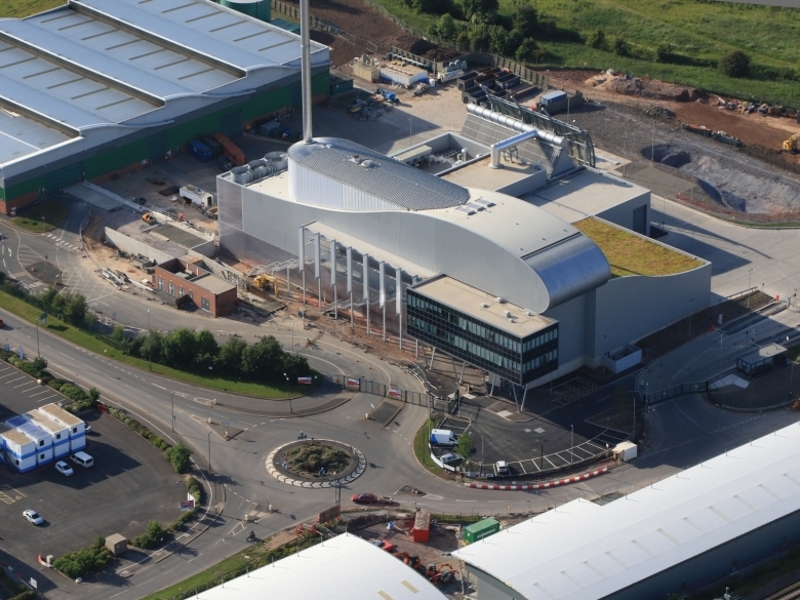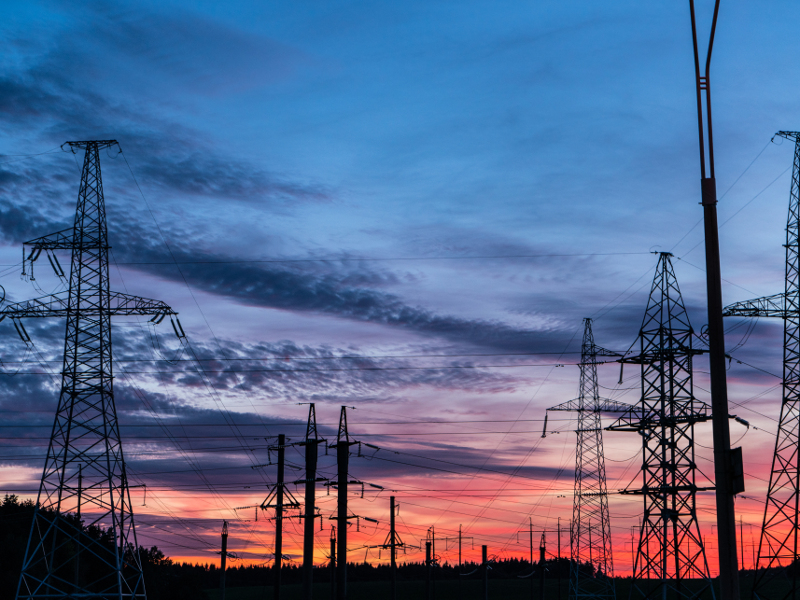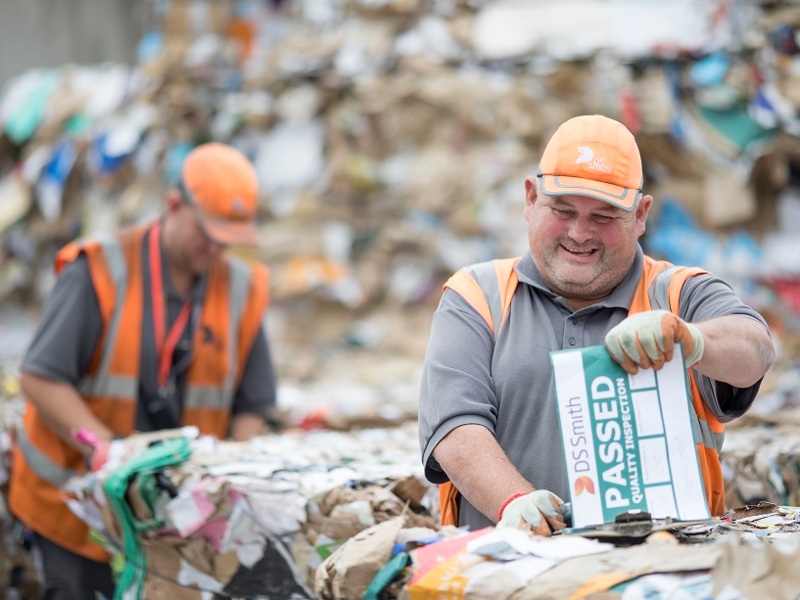The Wheelabrator Kemsley (K3) generating station is a 49.9MW waste-to-energy combined heat and power (CHP) generating facility located in Kent, England, UK.
The facility generates electricity from post-recycled solid recovered fuel waste, commercial and industrial waste, and pre-treated municipal solid waste. The electricity generated by the facility is expected to power approximately 146,180 homes.
The construction was started in 2016 and the facility, developed with an estimated investment of £340m, came online for commercial operations in July 2020.
The K3 facility has the potential to be upgraded further to 75MW capacity with a total waste throughput capacity of 657,000 tonnes per annum (tpa). A development consent order (DCO) application for the upgrade was submitted in 2019 and a decision on the same is expected in early 2021.
Project Gallery
-

Wheelabrator Kemsley (K3) is one of the waste-to-energy facilities owned by WTI in the UK. Image courtesy of CNIM.
-

The K3 facility will be connected to the national grid and will have a maximum capacity of 75MW.
-

The K3 waste-to-energy facility will also provide renewable energy to the nearby DS Smith Paper Mill. Image courtesy of DS Smith.
Project ownership and objective
The K3 generating station is owned and developed by Wheelabrator Technologies (WTI), a subsidiary of the US-based company, Macquarie Infrastructure and Real Assets.
WTI also owns several other waste-to-energy power plants in England that include the proposed 42MW Wheelabrator Kemsley North (WKN) plant adjacent to the K3 site.
WTI will also undertake the operations and management (O&M) activities for the project.
The Kent County Council granted permission for the K3 project development in 2012 following the award of an environmental permit in 2011.
The proposal defined the project’s objective as to be connected to the national grid and supply electricity to the nearby Kemsley paper mill.
K3 generating station location and site details
The project is located in the Kent county of England with its sister project WKN next to it. Land for the project was obtained from DS Smith Paper which operates the Kemsley Paper Mill on the adjacent land.
The project site is to the east of Kemsley residential suburb, in the north of Sittingbourne in Kent, and lies adjacent to the Swale Estuary, beyond the Isle of Sheppey.
Wheelabrator Kemsley waste to energy facility
The plant currently has the capability to process 550,000tpa of waste, which can be increased by an additional 107,000tpa to upgrade the plant’s capacity to 75MW.
The K3 facility comprises a waste fuel reception hall and bunker, a boiler house featuring moving grate technology, air-cooled condensers, power generation, and export facility, two stacks of flue gas treatment plant each measuring 90m in height.
Half of the electricity generated from the K3 CHP facility will be purchased by the UK government under a 15-year contract at a strike price of £83.23 per MWh.
Fuel consumption
The K3 facility will consume an estimated 8,080tpa of hydrate lime, 1,56tpa of solid urea, 192tpa of activated carbon, and 362tpa of low sulphur diesel. Total water consumption is estimated to be 24,073 cubic meters per annum.
Up to 75% of the fuel will be procured from various top waste management companies at a fixed prices for terms ranging from five to 15 years.
K3 project financing
The financial closure for the K3 waste-to-energy facility was reached in August 2016 upon receiving necessary planning and permitting approvals.
The project secured more than £300m from a group of lenders including Green Investment Group, which committed £80m of senior debt, as well as Barclays, Bank of Tokyo-Mitsubishi UFJ (BTMU), Natixis, and Investec.
Contractors involved
Arup Consulting Engineering was appointed as the lead building designer for the CHP project. The scope of the contract included civil, structural, and geotechnical engineering, as well as the review of mechanical, electrical, and plumbing building services.
The main and civil construction contracts were awarded to UK-based Clugston Construction and French-based Constructions industrielles de la Méditerranée (CNIM), respectively.
